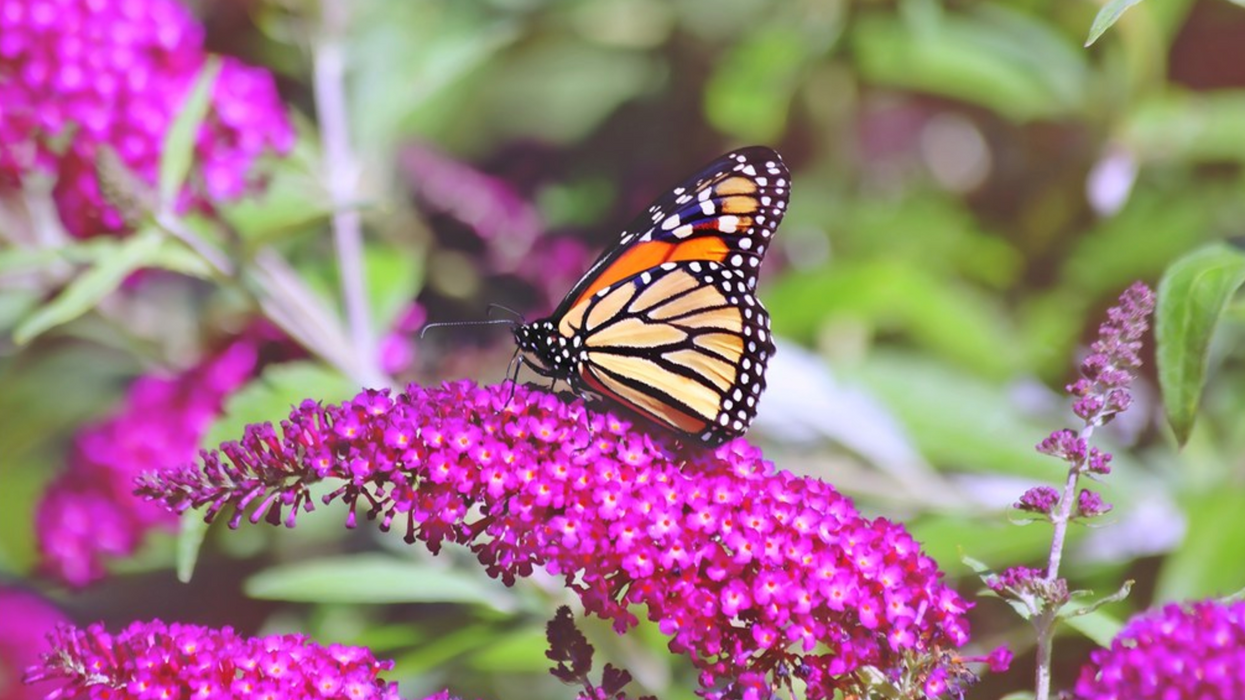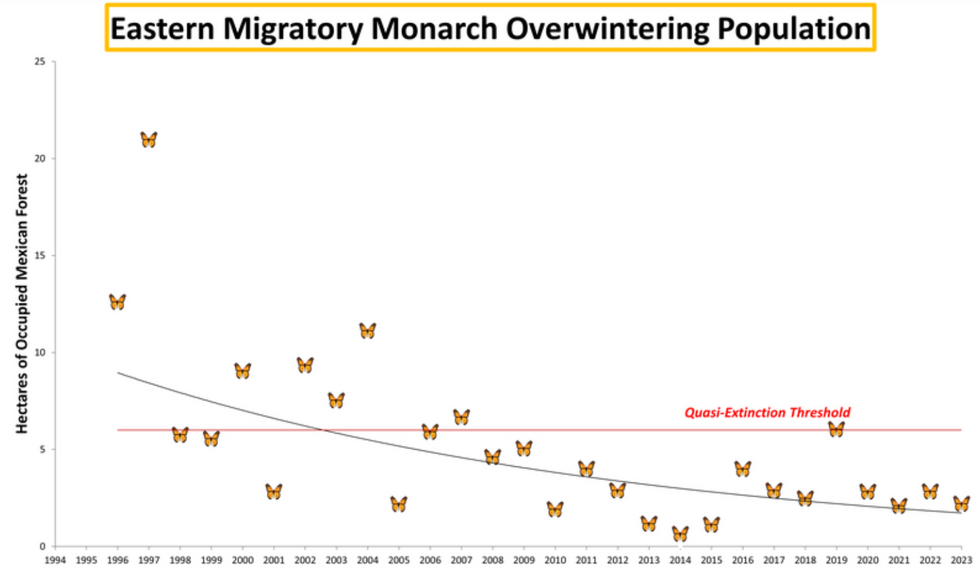"Every year for the past decade, New York beekeepers have lost more than 40% of their bee colonies—largely due to neonic pesticides," bill sponsor State Senator Brad Hoylman-Sigal said in a statement. "Today, in this landmark victory for our pollinators, economy, and farming industry, New York is working to reverse that trend."
The bill passed the New York State Senate on Wednesday and the New York State Assembly on Friday and now goes to Gov. Kathy Hochul for signature. It bans the use of neonics to coat corn, soybean, and wheat seeds as well as for lawns and gardens.
"Pollinators are vital members of healthy ecosystems and our food supply chain," New York Assemblymember Deborah J. Glick said in a statement. "Protecting them by limiting toxins that pose adverse effects and health risks is an important step forward in our work to stop poisoning the environment and create a healthier New York."
Neonics are a class of pesticides that work by attacking the nervous systems of insect pests, as the Natural Resources Defense Council (NRDC) explains. A lethal dose will cause paralysis and death, while non-lethal effects include memory, immune, navigation, and fertility problems.
They are one of the deadliest pesticides out there, yet they are also the leading insecticide used in the U.S. This is a problem because about 95% of neonics used to coat seeds don't enter the plant at all, but instead spread into the environment via the soil, where they do not break down easily.
The concern is that neonics don't just harm target species but also beneficial insects like bees and butterflies.
"It's critical that we passed this bill to protect the health of humans and other living beings on our planet."
"They also harm the development of birds and mammals; and studies have linked ingredients of neoicotinoid insecticides with adverse human health outcomes as well," New York state Sen. Pete Harckham, another bill supporter, said in a statement. "It's critical that we passed this bill to protect the health of humans and other living beings on our planet."
The legislation was based in part on a Cornell University study that found that most neonic use in New York did not actually provide an economic benefit or could easily be swapped out for a safer alternative. It also comes about a month after an Environmental Protection Agency (EPA) assessment found that three common neonic chemicals threaten 11% of the species on the U.S. endangered species list.
"The Birds and the Bees Protection Act is the first-in-the-nation to limit neonic coated seeds, which contaminate our soil, our waterways, and our bodies," Dan Raichel, the acting director of NRDC's Pollinator Initiative, said in a statement. "We've long known neonics kill bees, but we now see links between neonics and mass losses of birds, the collapse of fisheries, developmental risks in people, and vast water contamination in New York."
The U.S. has long lagged behind similar countries in regulating neonics. The EU has banned their outdoor use, and Canada has largely stopped using them to coat seeds.
The new legislation was passed a little more than a week after the Center for Food Safety and the Pesticide Action Network North America (PANNA) sued the EPA over its failure to regulate the toxic chemicals.
"For too long, EPA has allowed pesticide-coated seeds to jeopardize threatened and endangered species across the country."
"For too long, EPA has allowed pesticide-coated seeds to jeopardize threatened and endangered species across the country," PANNA senior scientist and plaintiff Margaret Reeves said in a statement at the time. "EPA must close the regulatory loophole for toxic pesticide-coated seeds to prevent further harm to wildlife, ecosystems, and people."
While environmental groups continue to push for national regulations, they celebrated change in New York.
"Today is a great day for pollinators, clean water, and healthier communities," Caitlin Ferrante, the conservation program manager of the Sierra Club Atlantic Chapter, said in a statement.




 (Graphic: Center for Biological Diversity)
(Graphic: Center for Biological Diversity)